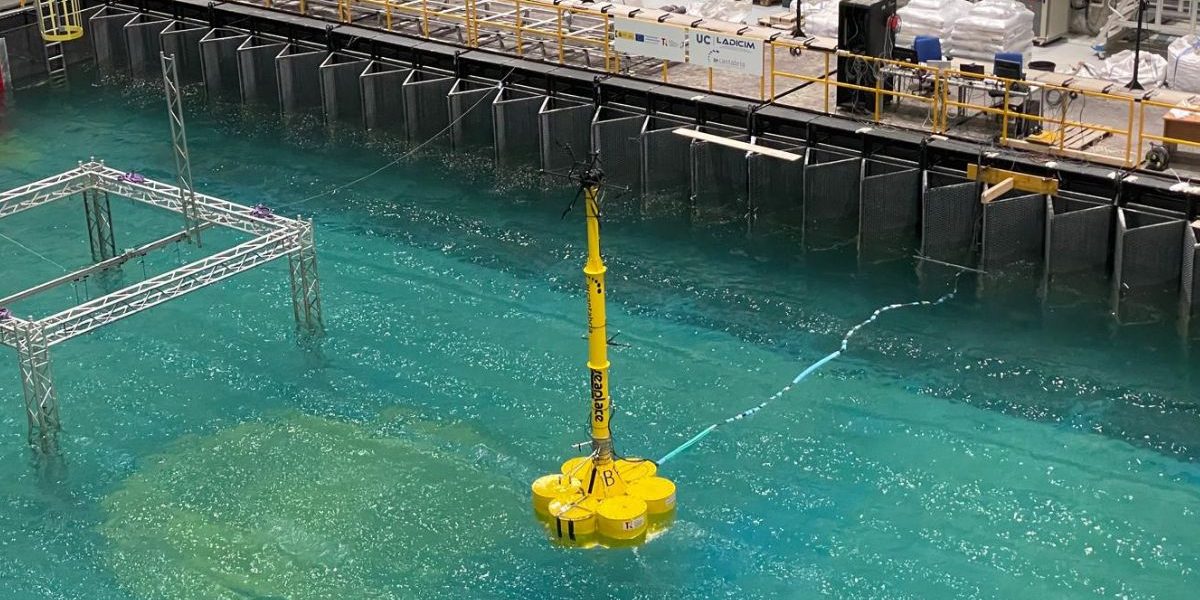
LADICIM is participating in the development of a new generation of floating concrete platforms for offshore wind energy
The ISOBARA project, in collaboration with SEAPLACE and IHCantabria, designs industrializable solutions to reduce costs in floating wind farms
The energy transition toward a low-carbon economy is driving significant development in offshore wind energy. Europe, a pioneer in this field, has set very ambitious goals: to cover at least 30% of its energy demand with offshore wind power by 2050. This objective presents a significant technological and logistical challenge, given thatAround 80% of Europe’s offshore wind potential is located in deep waters, beyond the scope of traditional fixed structures used until today.
In this context, the project ISOBARA, led by the company specializing in naval and ocean engineering SEAPLACE, in close collaboration with the Materials Science and Engineering Laboratory (LADICIM) and the Institute of Environmental Hydraulics of the University of Cantabria (IHCantabria), proposes a revolutionary technological solution based on floating concrete platforms. This project is funded by the Ministry of Science and Innovation and supported by the European Union through NextGeneration EU funds, underscoring its strategic relevance within the framework of sustainability policies.
The origin of ISOBARA lies in the successful project CROWN, a previous initiative where SEAPLACE developed a hybrid SEMI-BUOY platform, experimentally validated at the IHCantabria facilities. This concept demonstrated remarkable effectiveness in controlled environments, but also revealed certain limitations regarding its generalization in diverse meteorological and oceanic conditions. It is this experience that inspired the birth of the ISOBARA project, which seeks to overcome such limitations by a standardized solution adaptable to different marine scenarios, from moderate depths to extreme ocean environments.
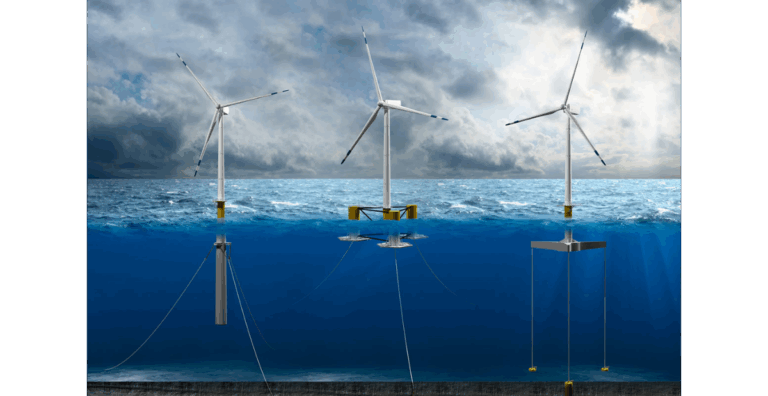
In the words of Jaime Moreu, Director of Operations at SEAPLACE, “the key is to achieve a robust, versatile, and economically competitive platform, designed to facilitate mass production and significantly reduce operating and construction costs.” This strategic approach will allow Spanish technology to compete effectively in the global market, generating economies of scale essential to ensure the economic sustainability of offshore wind energy.
Advanced Concrete: Innovation in Marine Materials
One of ISOBARA’s most notable areas of innovation is the development of advanced concrete, the area of expertise led by LADICIM in this project. The university laboratory has already become a benchmark in research on structural materials for offshore applications, particularly in highly aggressive environments such as marine environments.
Diego Ferreño, professor of the University of Cantabria and LADICIM researcher on the Isobar project, explains that the objective is to create specific self-compacting concretes, designed to offer mechanical strength, durability in the corrosive marine environment, and ease of construction. “This is essential to ensure not only the structural integrity but also the economic viability of floating platforms.”
Currently, in the experimental facilities of the CTC Technology Center, located in El Bocal, Santander, LADICIM carries out exhaustive testings to evaluate the durability and resistance of concrete in direct and prolonged contact with seawater Concrete specimens subjected to these tests provide key information on their ability to adequately protect internal reinforcements from the marine environment, simulating realistic operating conditions over the structure’s expected lifespan.

Numerical modeling to anticipate hydrodynamic challenges
Another fundamental component of the ISOBARA project is the advanced numerical modeling developed by IHCantabria. These models seek anticipate, understand and mitigate complex and potentially critical hydrodynamic phenomena, such as the violent impact of waves (slamming), the rise of water on the platform (run-up), and the phenomenon known as ‘green water’, which occurs when large masses of water break and flood the deck of the floating structure, generating sudden impacts and additional loads on the platform.
Álvaro Alvarez Vázquez, head of the Marine Energy and Offshore Engineering Group at IHCantabria, underlines the importance of this work: “The dynamic interaction between waves and floating structures involves complex, nonlinear mechanical responses. Our goal is to develop robust predictive tools to ensure structural integrity and optimize platform design, reducing future risks and operating costs.”
The team is applying advanced techniques, including artificial intelligence algorithms, to continuously optimize the design and assess the levelized cost of energy (LCOE). This metric is crucial to validating the project’s economic viability and making ISOBARA a truly competitive proposition internationally.
Global impact with local benefits
The ISOBARA project represents a technological and economic opportunity at an international level and an advantage for the local and regional economy. The standardization of the concrete design allows for mass production in multiple ports, drastically reducing costs compared to traditionally manufactured steel platforms, which are considerably more expensive and complex to manufacture.
Besides, the use of concrete offers a significant logistical advantage: It can be manufactured with local materials virtually anywhere in the world. This global availability allows for the use of aggregates, cements, and additives accessible in the immediate vicinity of the construction site, reducing both transportation costs and associated emissions. The zero-mile approach not only facilitates the decentralized manufacturing of platforms, but also boosts regional economies and promotes a more sustainable supply chain.
Finally, by facilitating the mass deployment of floating wind farms in deep waters, ISOBARA has the potential to contribute to a significant reduction in dependence on fossil fuels, with the consequent environmental and socioeconomic benefit.
By combining advanced engineering, materials innovation, and sophisticated predictive methods, ISOBARA aims to consolidate the offshore renewable energy sector and set an international precedent in the fight against climate change.
Más Noticias
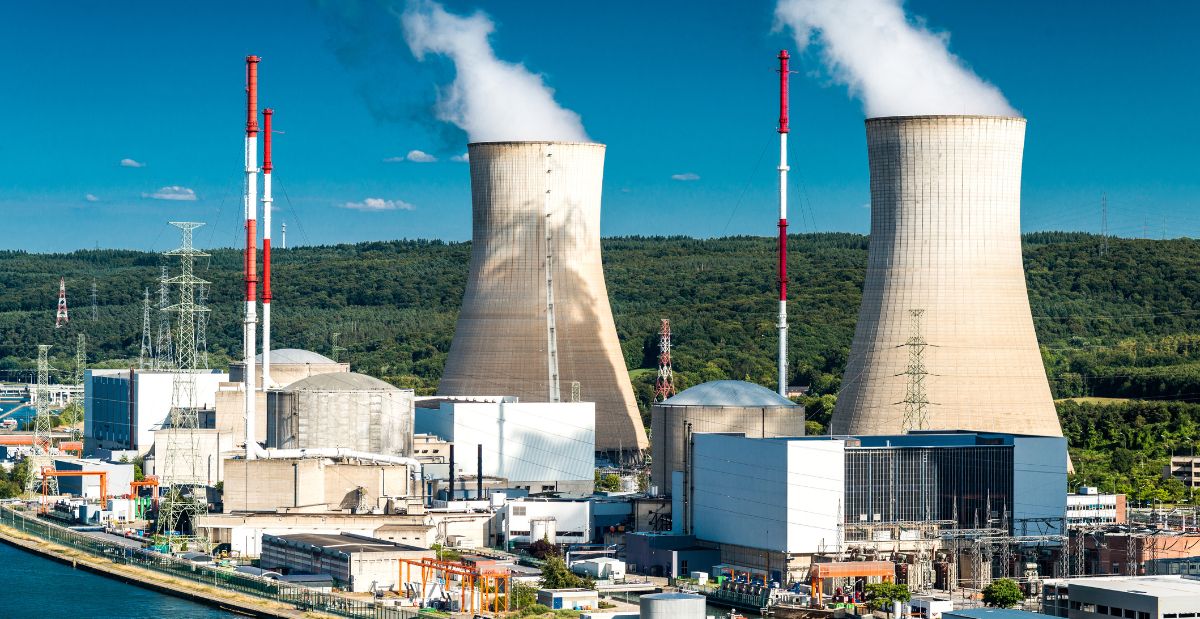
The University of Cantabria awards LADICIM its proposal for sustainable concrete for the nuclear industry
The GreenCosmos project, recognized in the UC Solutions 2025 call, proposes an innovative solution for the energy infrastructure of the future, combining security and a
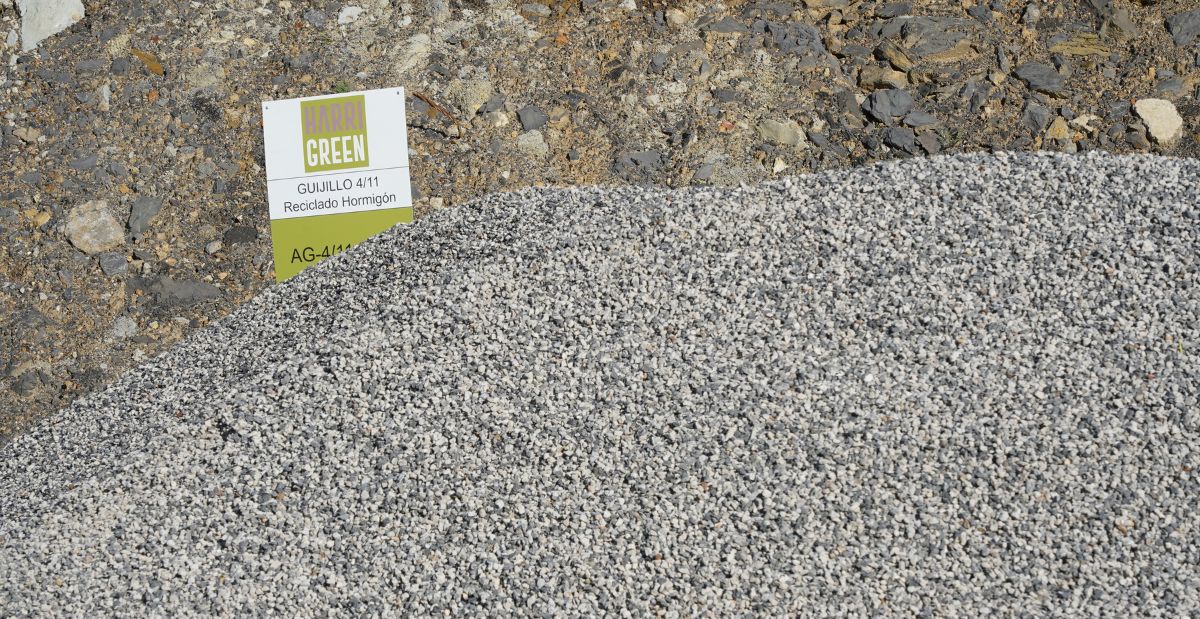
LADICIM and Viuda de Sainz strengthen their collaboration for the development of recycled concrete
The Laboratory and the construction company are working together to consolidate the use of recycled aggregates in civil engineering, in line with European regulatory requirements
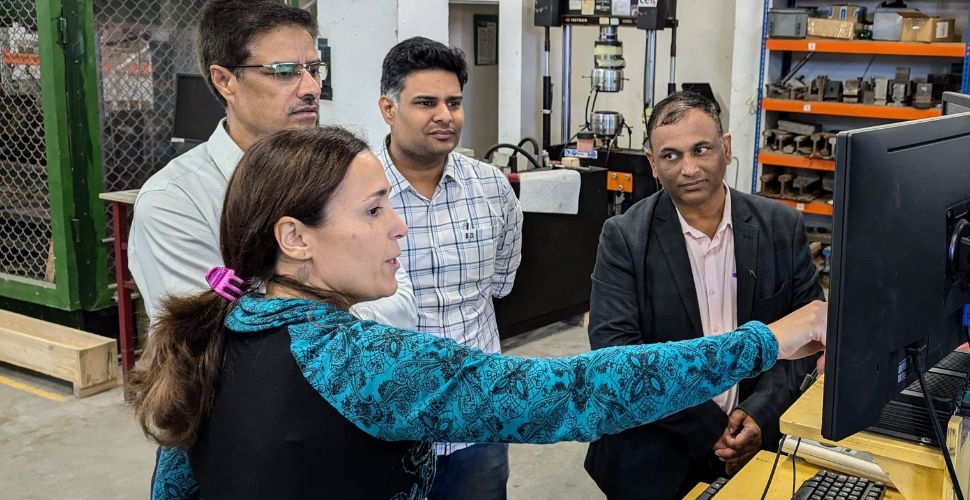
LADICIM Participates in the Development of Metropolitan Transport in India
The Laboratory of the Division of Materials Science and Engineering has renewed its collaboration agreement with Patil Rail, one of India’s leading companies specializing in
